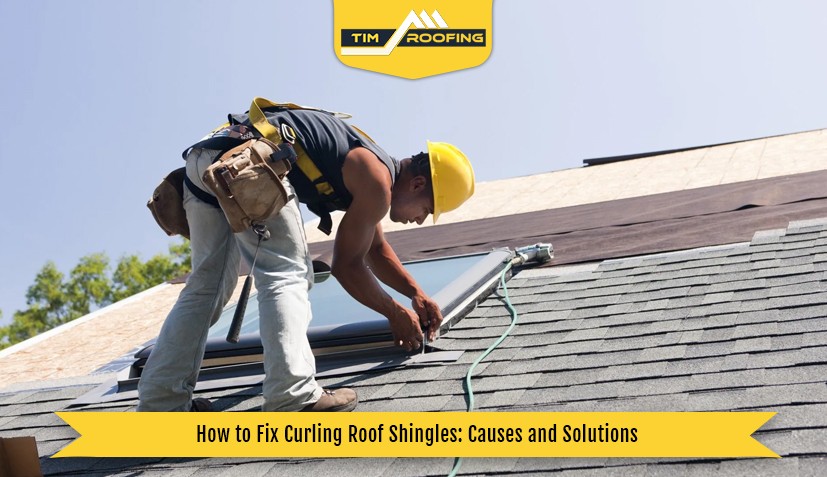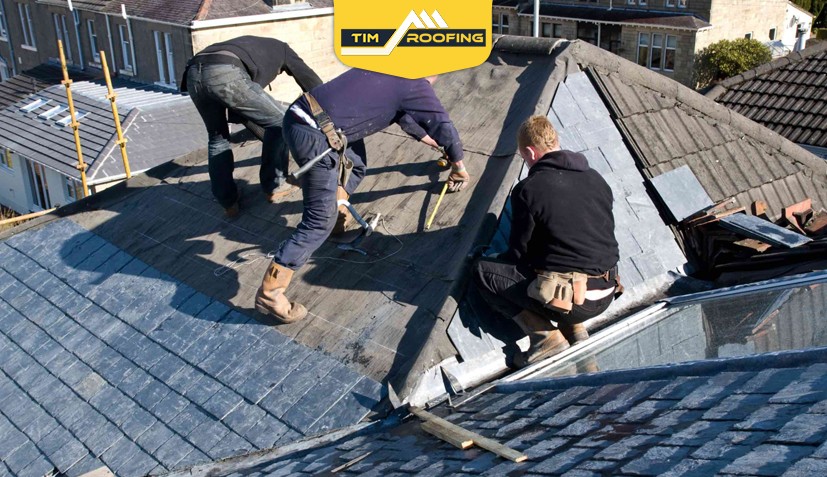How to Fix Curling Roof Shingles: Causes and Solutions
Roof shingles protect our homes from rain, snow, and sun. They are like the roof’s raincoat. Sometimes, these shingles start to curl. This means they bend up at the edges or in the middle. This can make our homes less safe from weather. We must fix curling shingles quickly. This keeps our homes dry and safe. It is important to address this issue promptly to prevent further damage to the roof and the house. A healthy roof is a happy house. We will learn how to fix them.
Why Do Roof Shingles Curl?
Many things can make shingles curl. Understanding these reasons helps us prevent curling. It also helps us fix it correctly.
1. Age and Weather
Shingles get old just like us. Over time, sun, rain, and snow wear them down. The sun’s hot rays can dry out the shingles. This makes them brittle. Then, they start to curl. Also, strong winds can lift the edges of shingles. This also makes them curl. Similarly, heavy rain can seep under the shingles. This can make them warp and curl.
2. Poor Ventilation
Our attics need to breathe. Good airflow helps keep the roof cool and dry. If there is not enough airflow, heat and moisture build up. This hot, moist air rises up and can make the shingles curl from underneath. Proper ventilation is very important for a healthy roof. It helps keep the shingles flat and working well. Additionally, good ventilation also helps prevent ice dams in colder climates.
3. Improper Installation
Sometimes, shingles are not put on correctly. If they are not nailed down right, they can move. This makes them curl. Also, if the underlayment, which is the layer under the shingles, is not installed correctly, it can trap moisture. This can make the shingles curl. Furthermore, using the wrong type of nails can also contribute to curling.
4. Multiple Layers of Shingles
Some homeowners put new shingles over old ones. This is not a good idea. Too many layers trap heat. This heat makes the shingles curl. Also, the added weight can stress the roof structure. Therefore, it is always best to remove old shingles before installing new ones. This ensures a proper and long-lasting roof.
How to Fix Curling Roof Shingles
Fixing curling shingles depends on how bad the damage is. Sometimes, we can fix individual shingles. Other times, we need to replace a larger area.
1. Replacing Individual Shingles
If only a few shingles are curled, we can replace them. First, we carefully remove the damaged shingle. Then, we clean the area underneath. Next, we put a new shingle in its place. Finally, we nail it down securely. Moreover, we must use roofing nails and seal the edges with roofing cement.
2. Repairing Minor Curling
If the curling is not too bad, we can try to flatten the shingles. On a warm, sunny day, the shingles will be more flexible. We can carefully press them down. Then, we can use roofing cement to glue them back down. However, this is only a temporary fix. It is not a good solution for severely curled shingles.
3. Replacing a Section of Shingles
If many shingles in one area are curled, we need to replace that whole section. This involves removing all the damaged shingles. Then, we install new underlayment and new shingles. This is a bigger job. It might be best to ask a grown-up for help. In addition, this will ensure the repair is done correctly.
4. Preventing Future Curling
To stop shingles from curling again, we need to take some steps. We should make sure our attic has good airflow. We should also check our roof regularly for damage. Additionally, we should clear away any leaves or debris that build up on the roof. This helps prevent moisture buildup.
| Cause of Curling | Solution |
| Age and Weather | Regular inspections and maintenance |
| Poor Ventilation | Improve attic airflow |
| Improper Installation | Proper installation by a professional |
| Multiple Layers of Shingles | Remove old shingles before installing new ones |

More Tips for a Healthy Roof
Keeping our roof healthy is very important. Here are some extra things we can do.
Regular Inspections
We should check our roof a couple of times a year. We should look for missing, cracked, or curled shingles. We should also look for any signs of leaks. Early detection can prevent big problems. Furthermore, inspecting after storms can help us find damage quickly.
Cleaning the Roof
We should clean our roof regularly. We should remove leaves, branches, and other debris. This helps prevent moisture from getting trapped. It also helps prevent moss and algae from growing. Additionally, keeping the roof clean makes it look nice.
Professional Help
Sometimes, roof problems are too big for us to fix. In these cases, we should ask a grown-up or a roofing professional for help. They have the tools and experience to fix big problems safely. Therefore, it is always best to seek professional help when needed.

